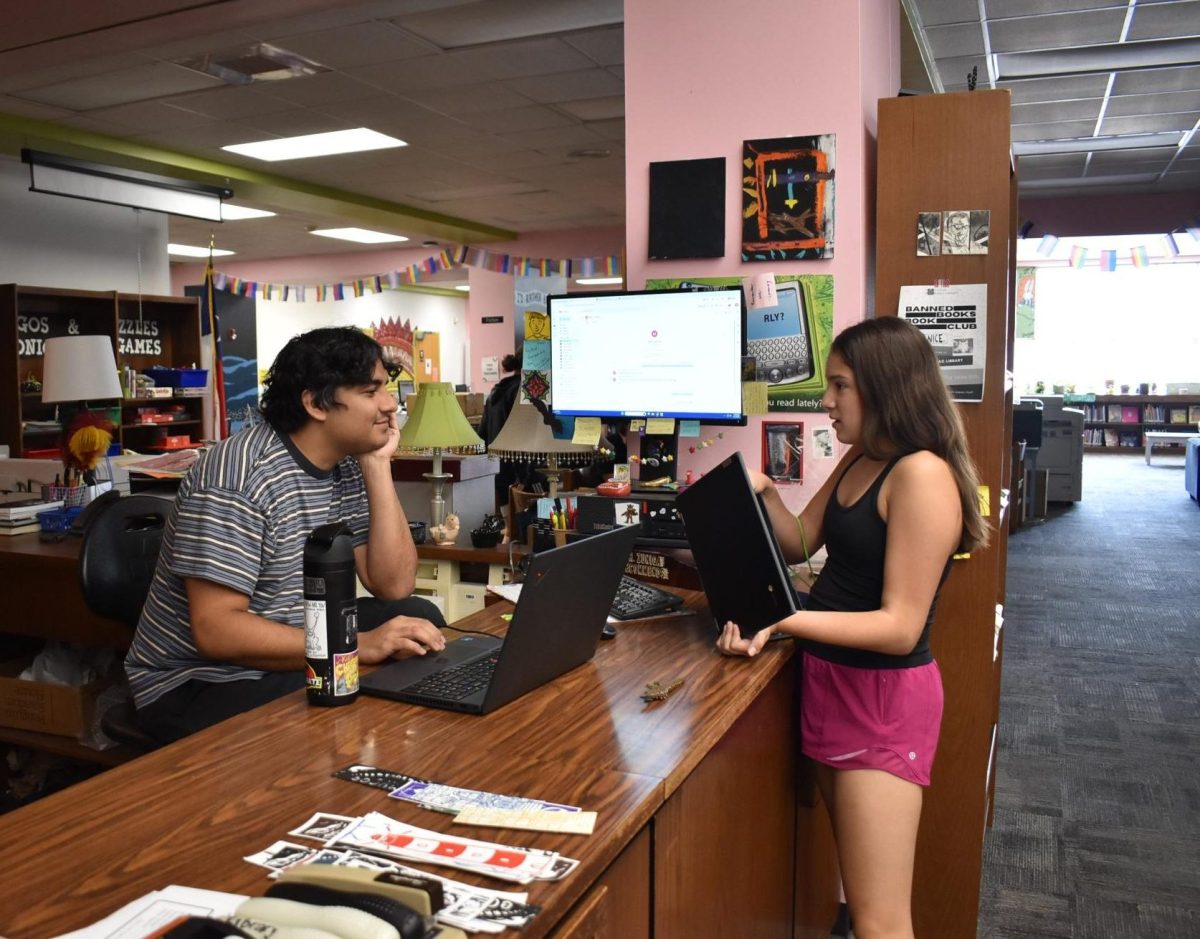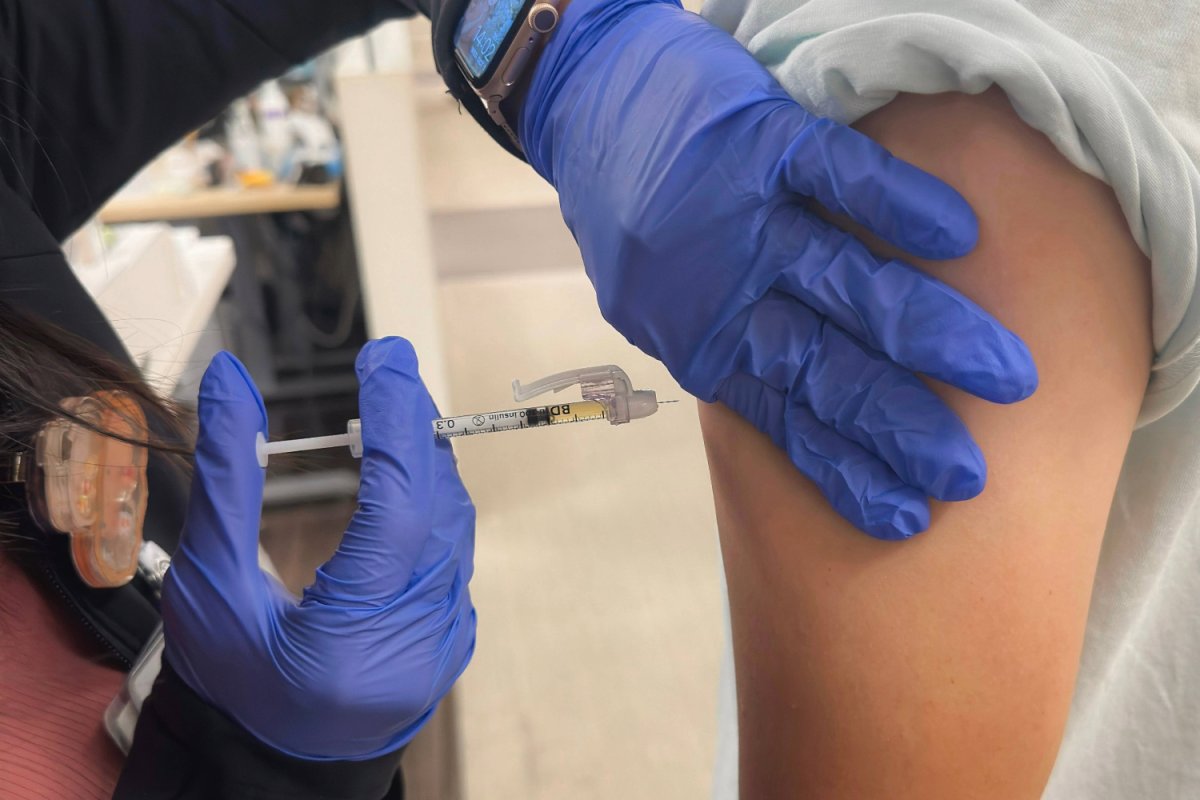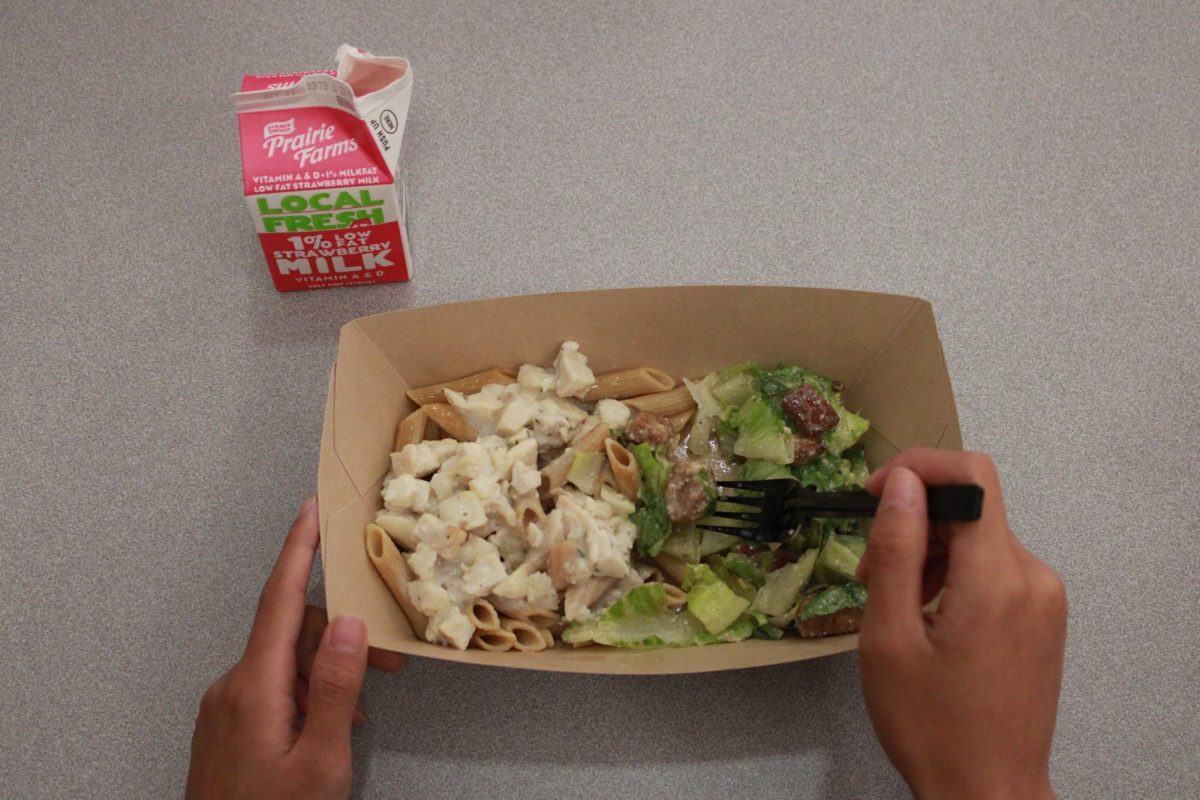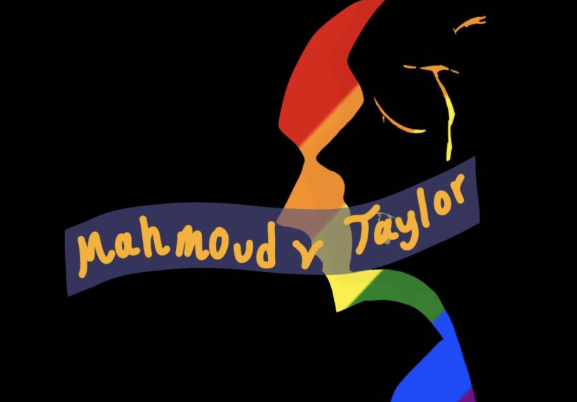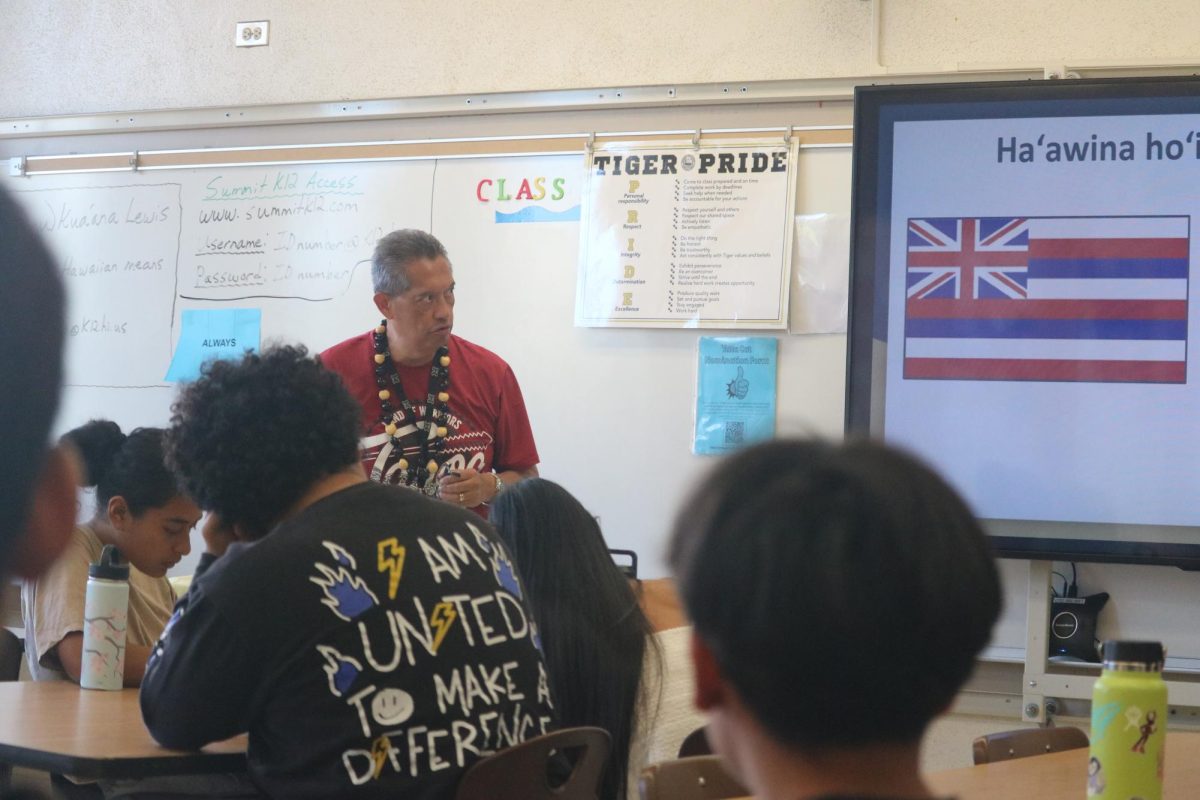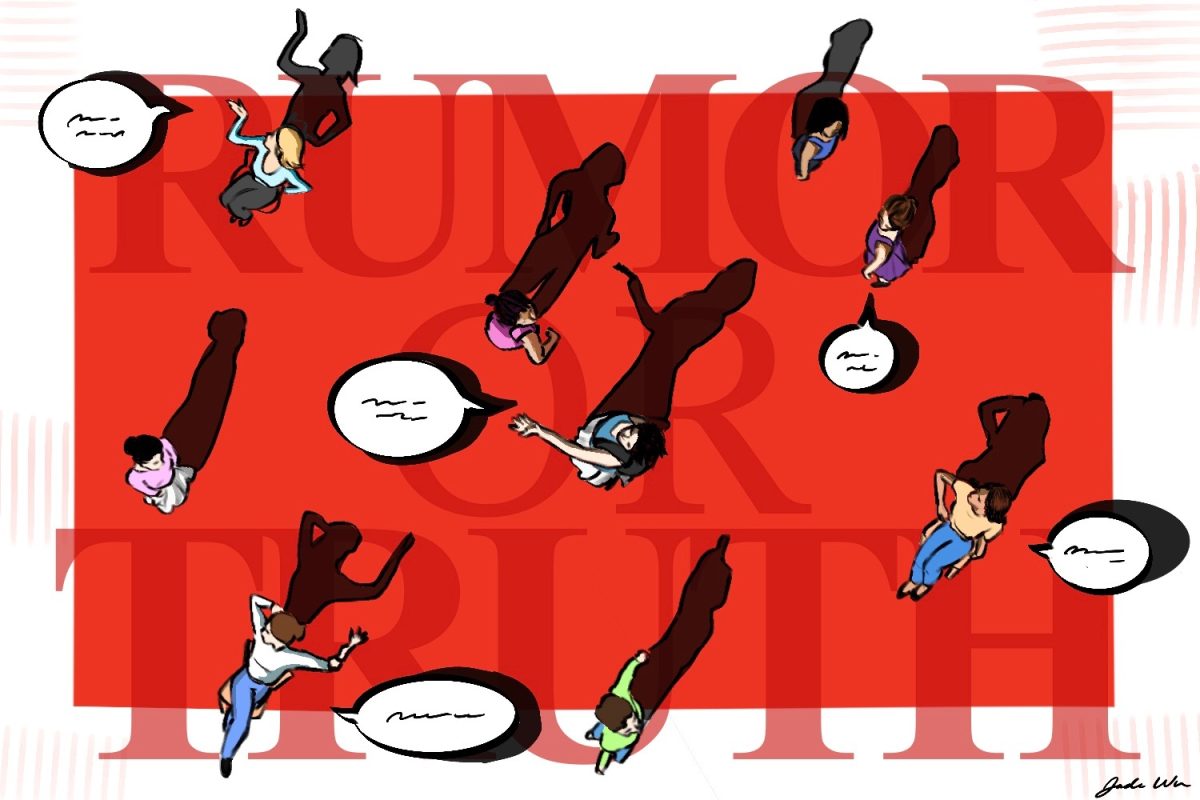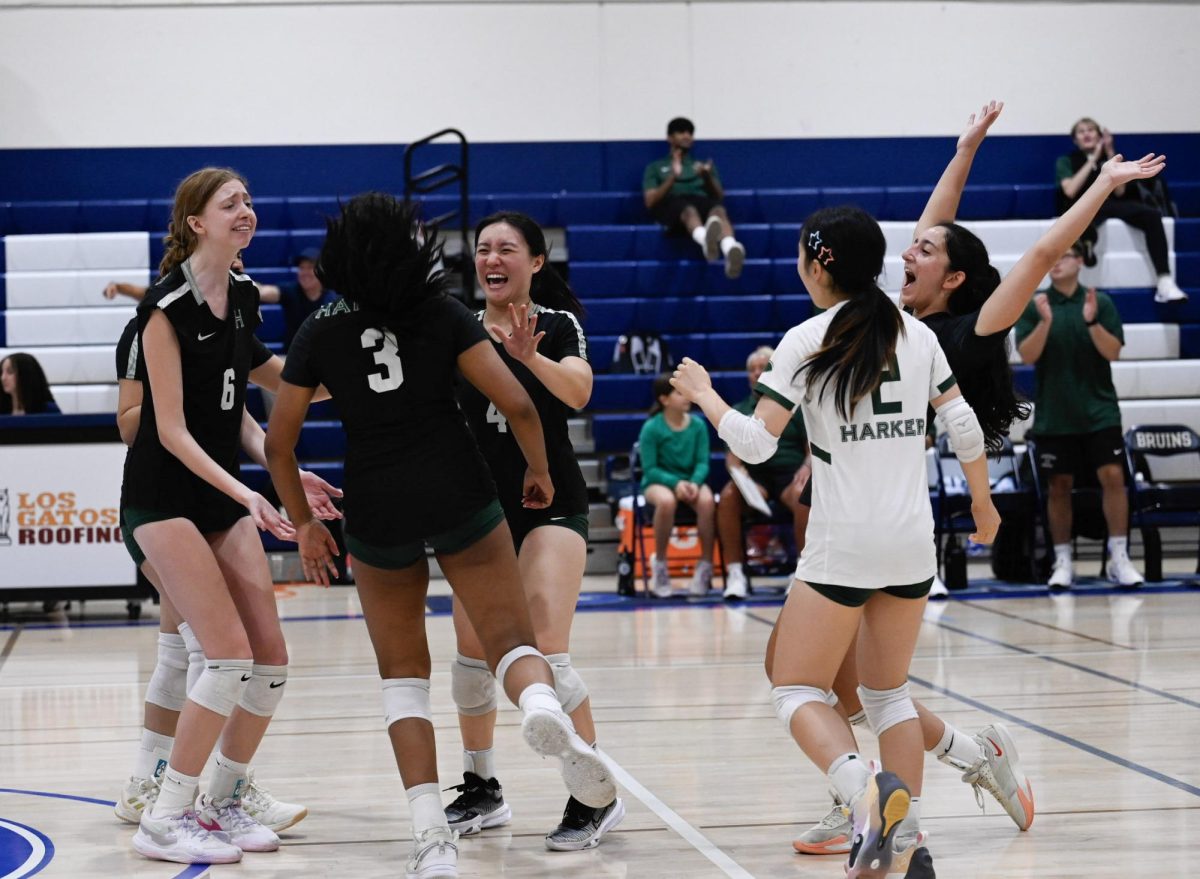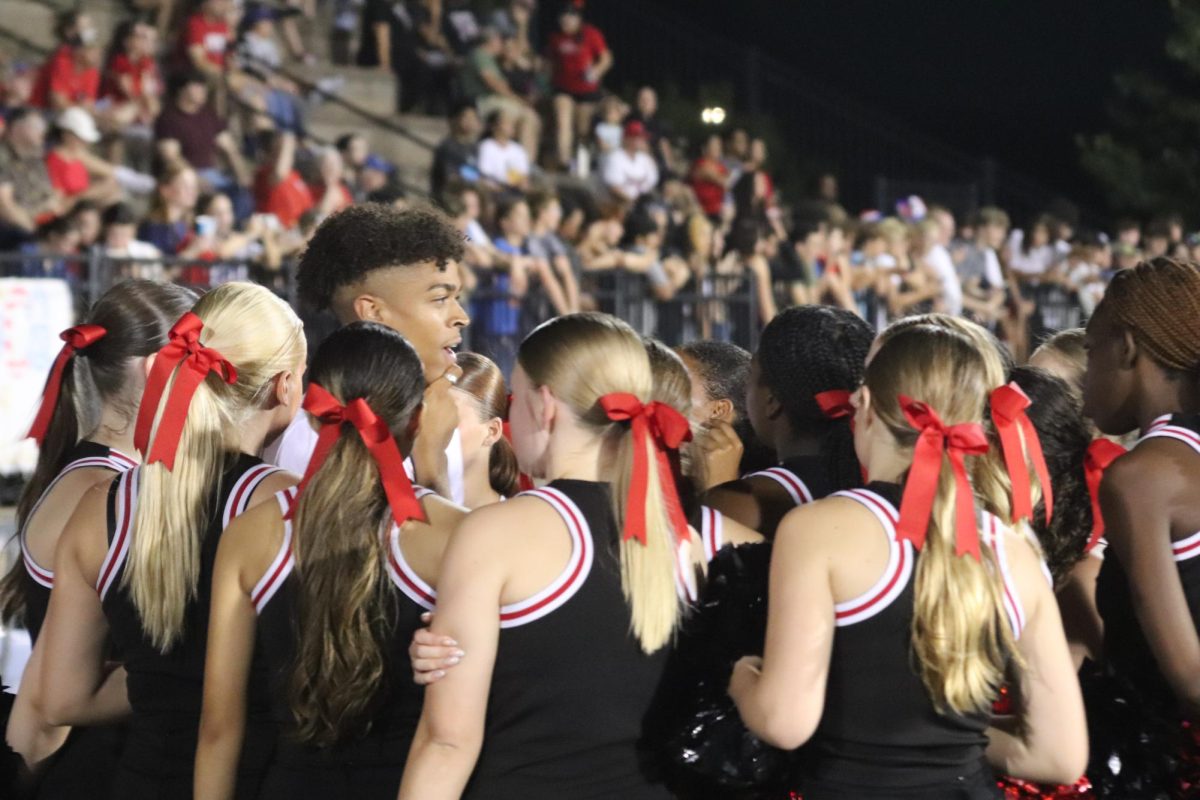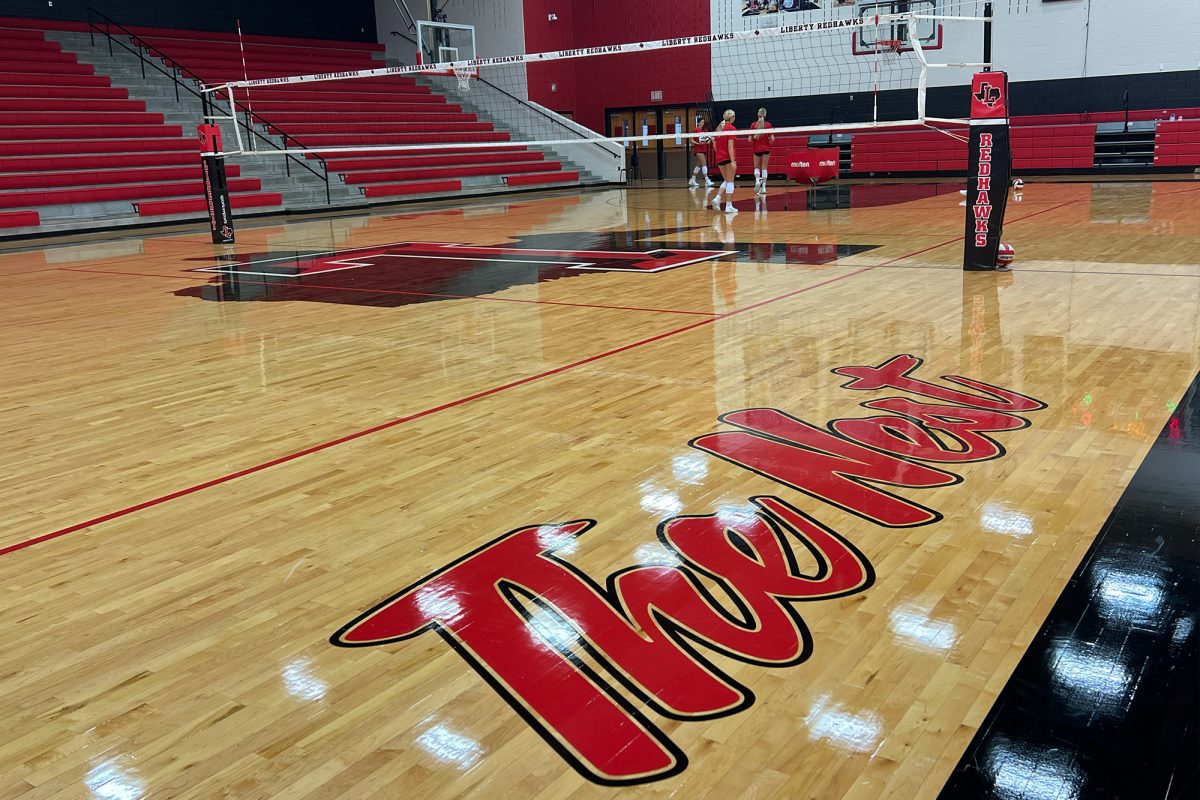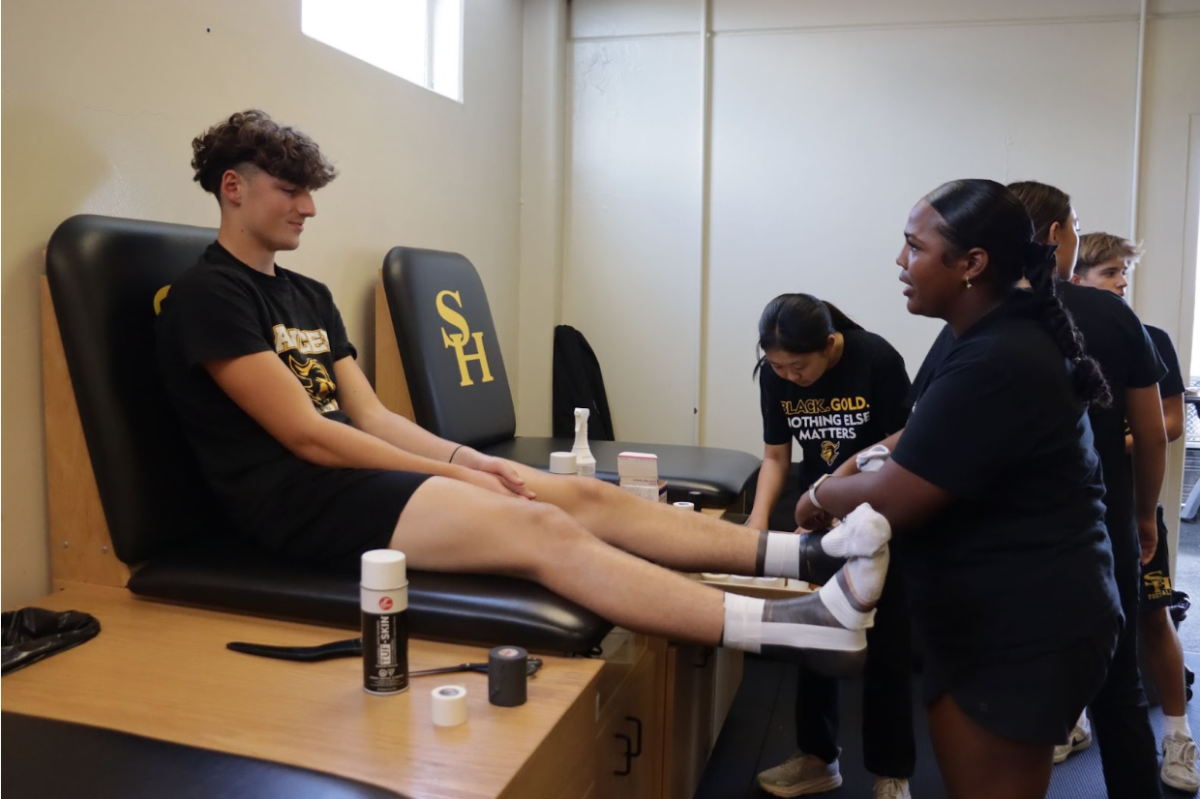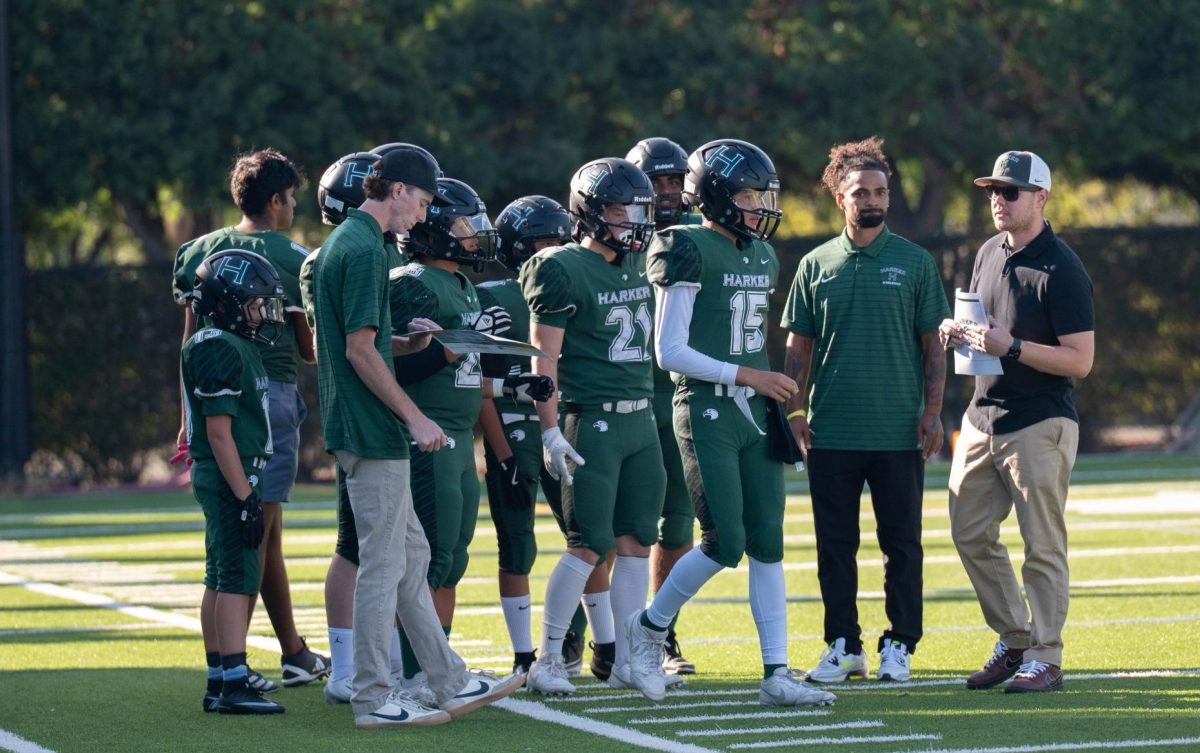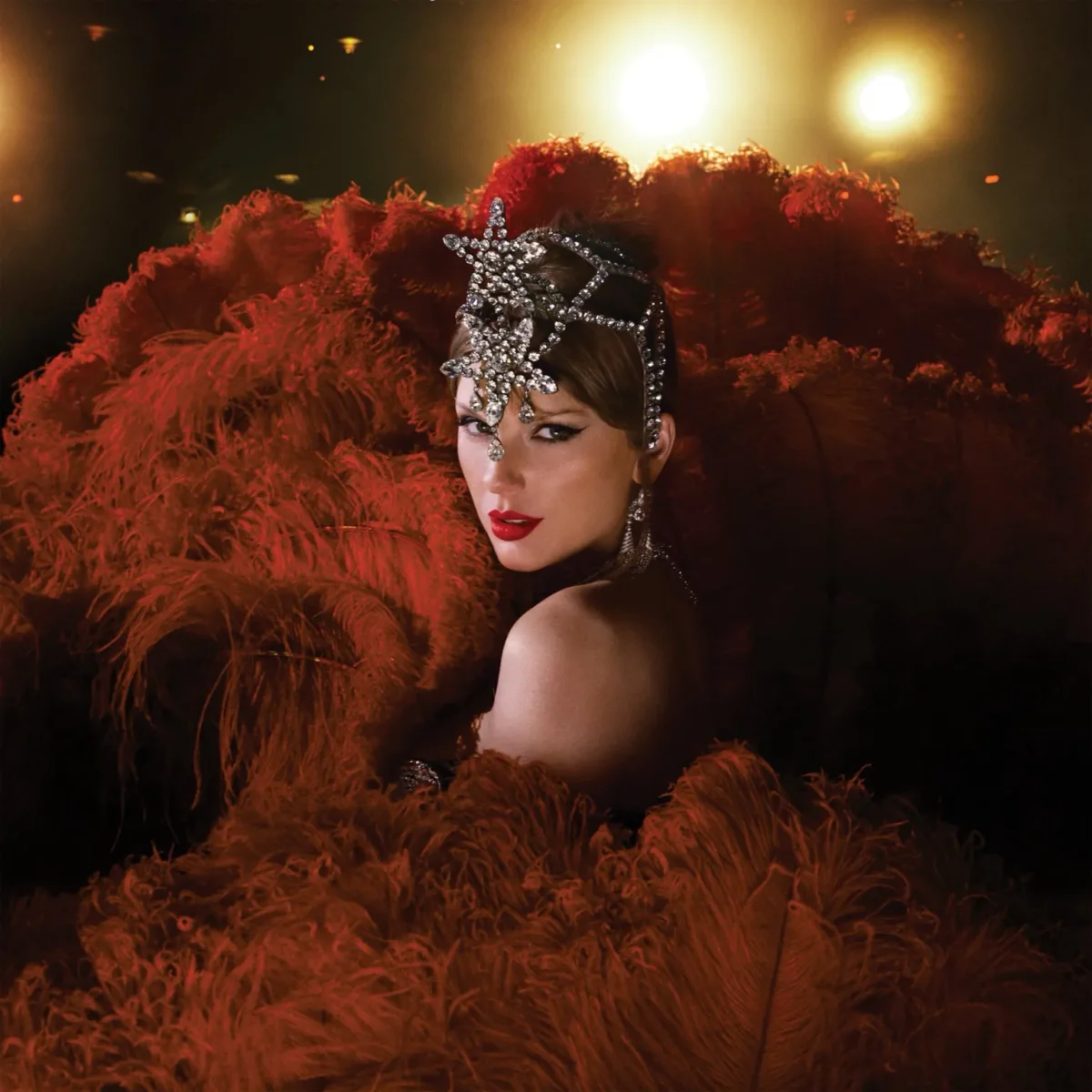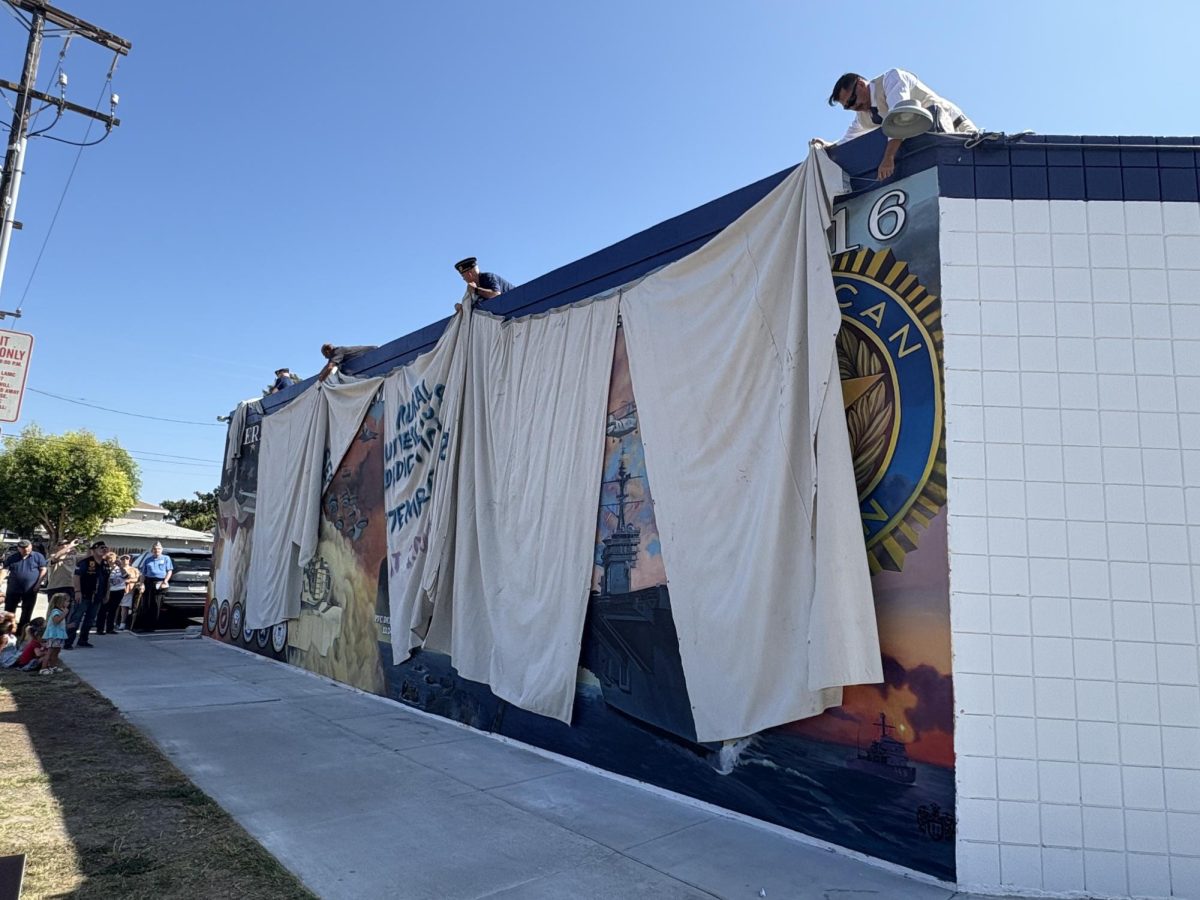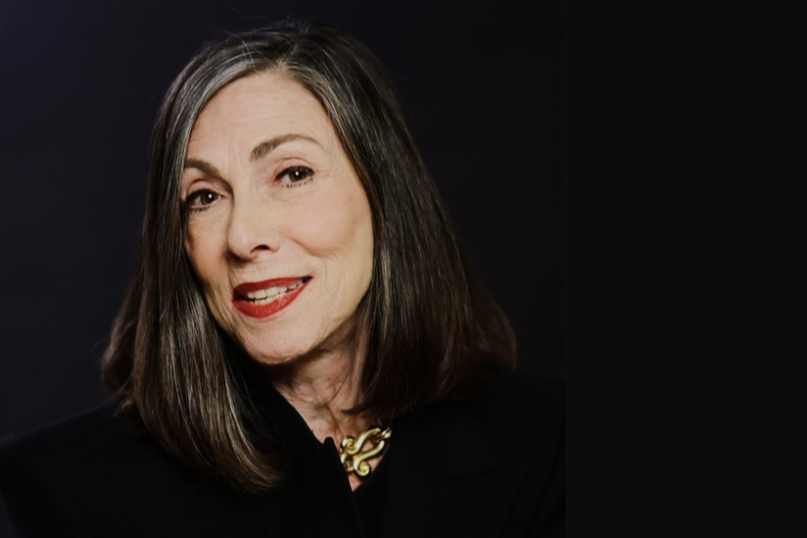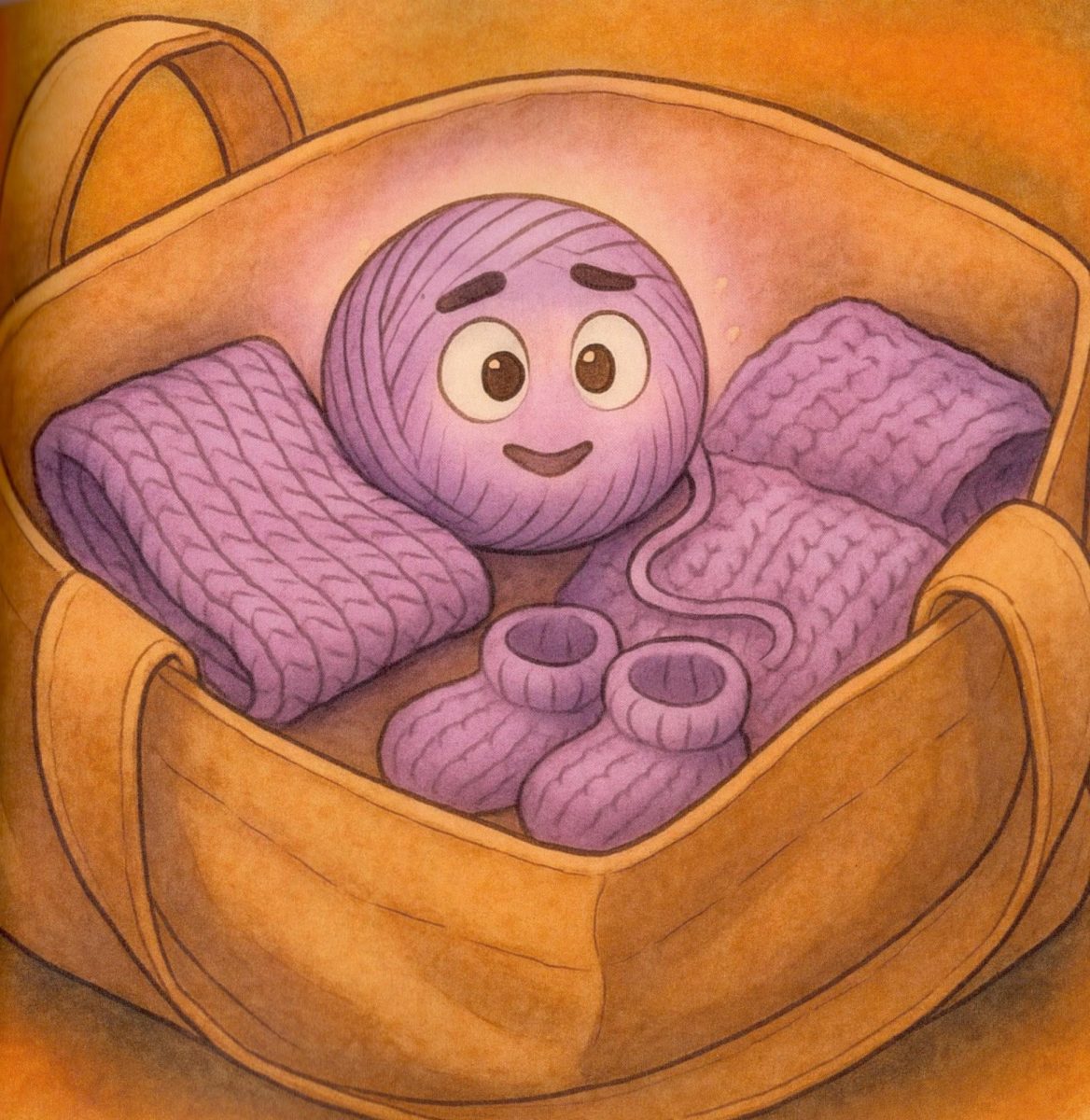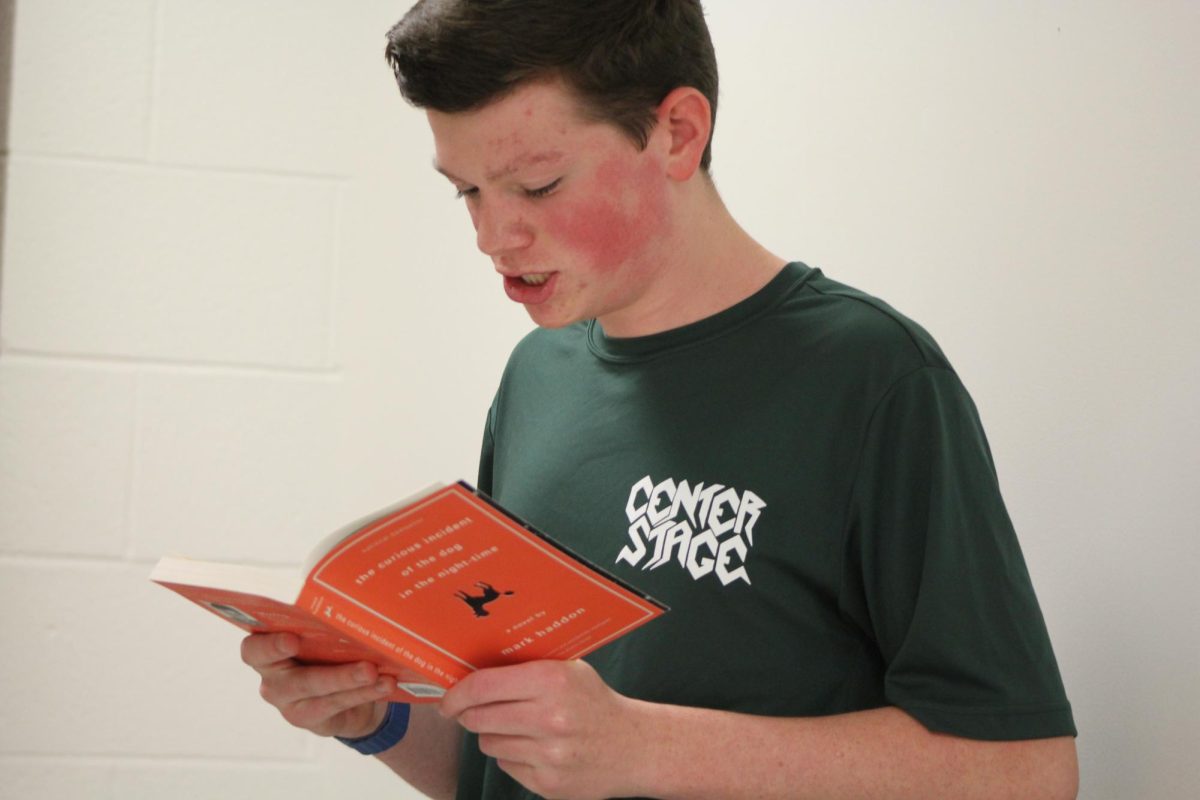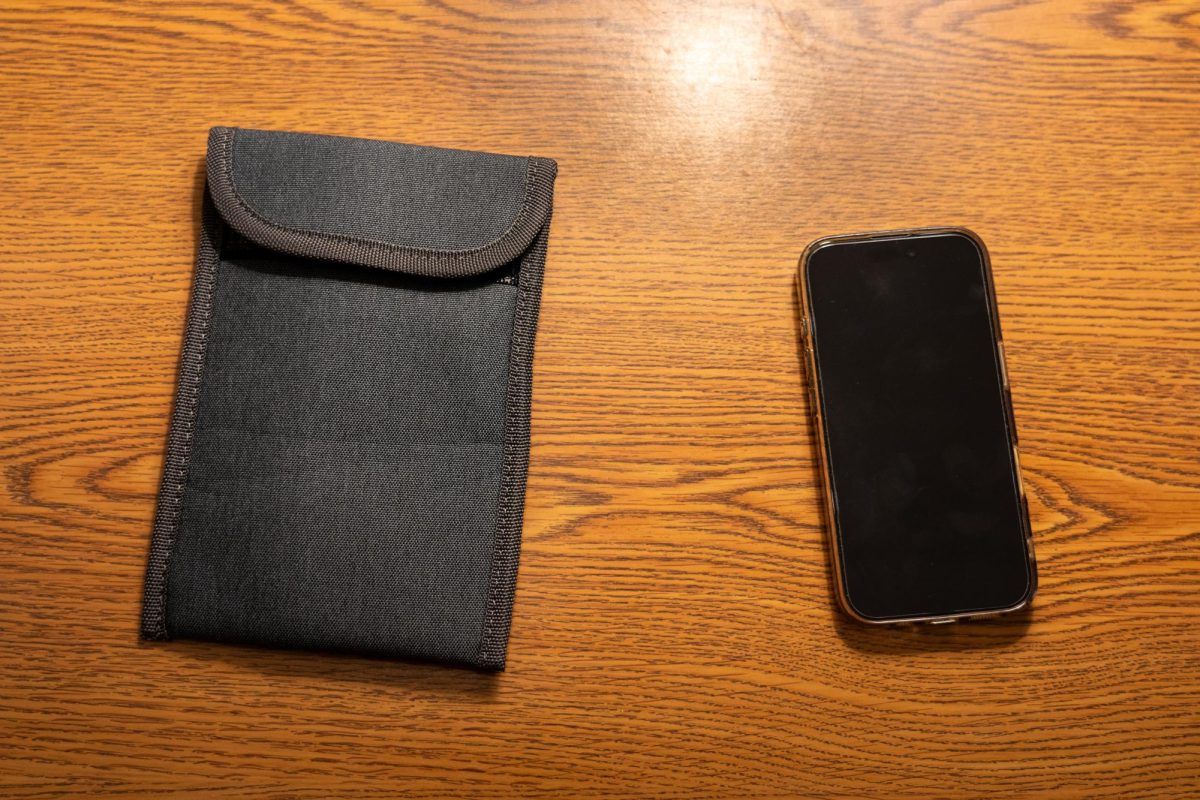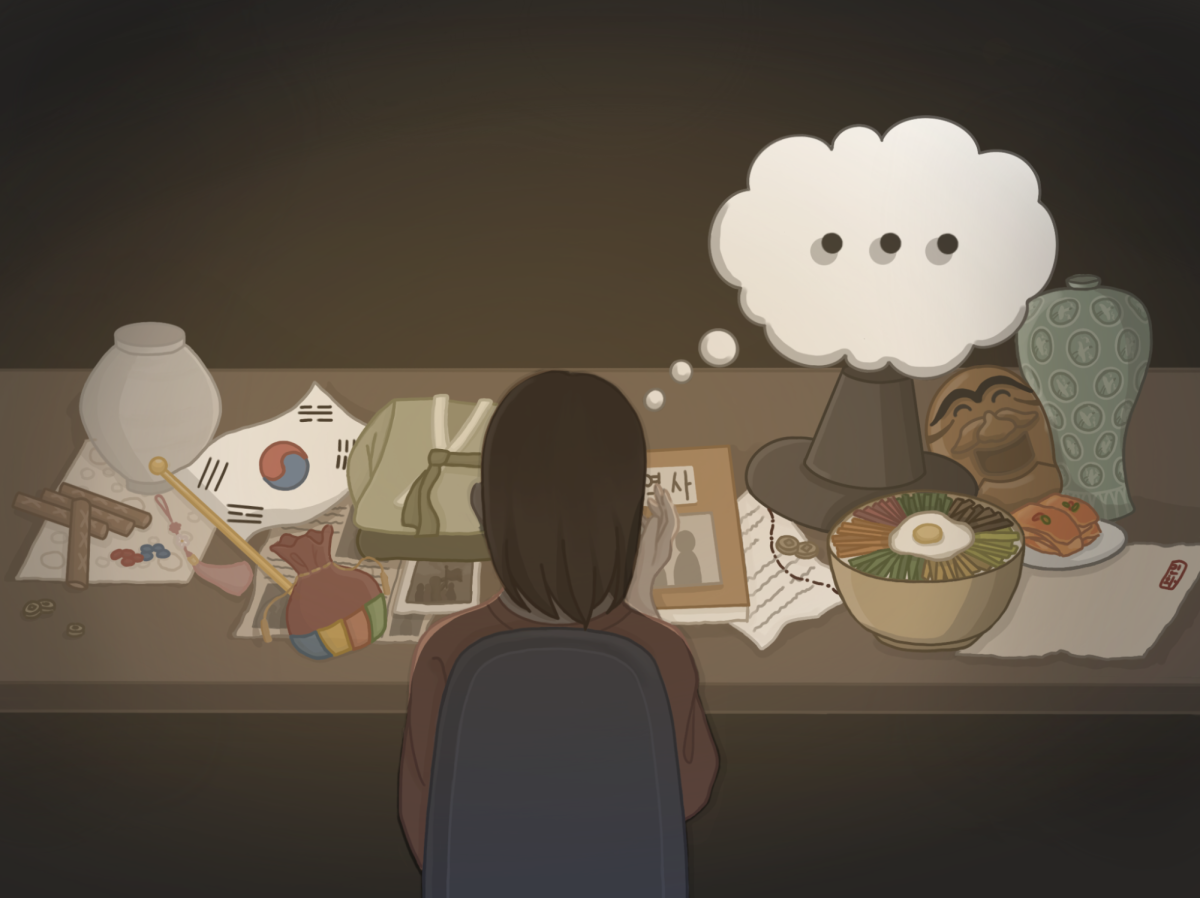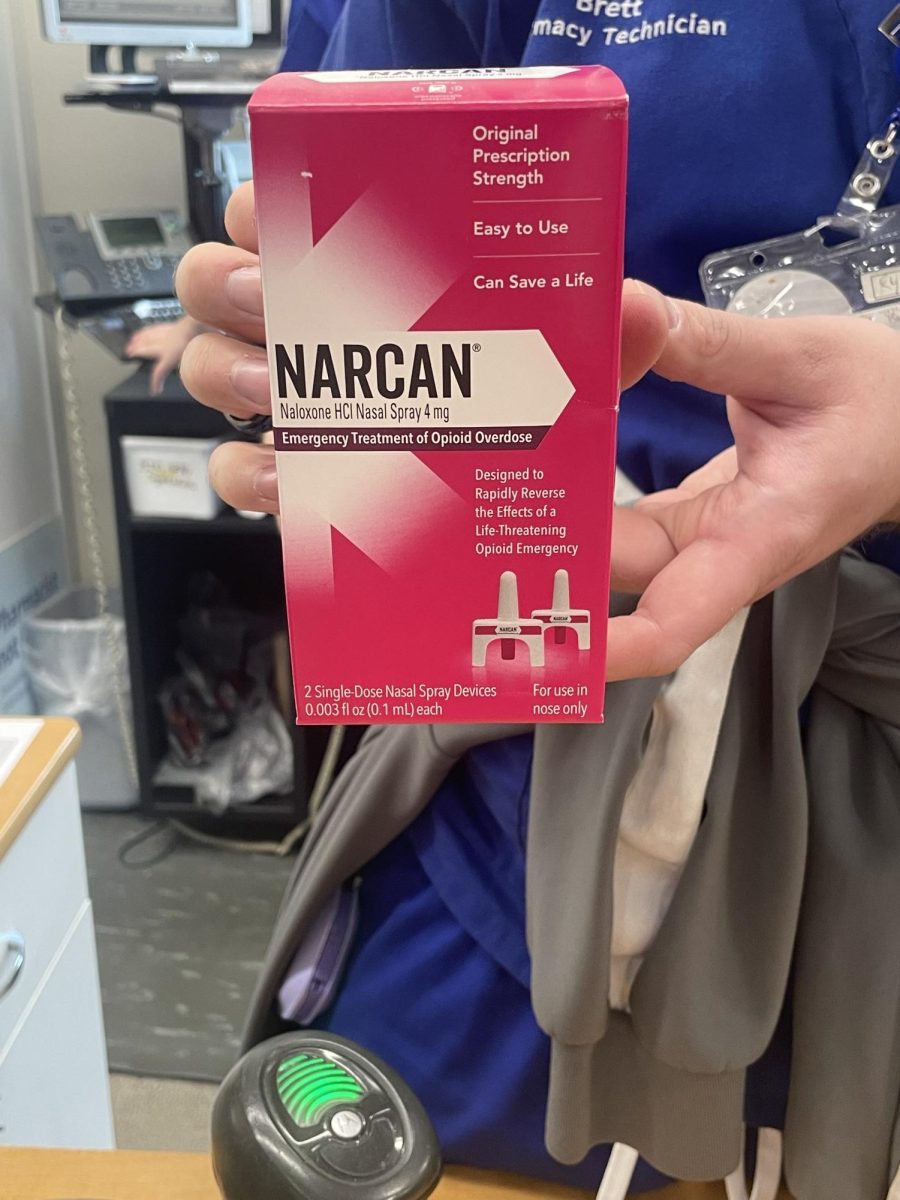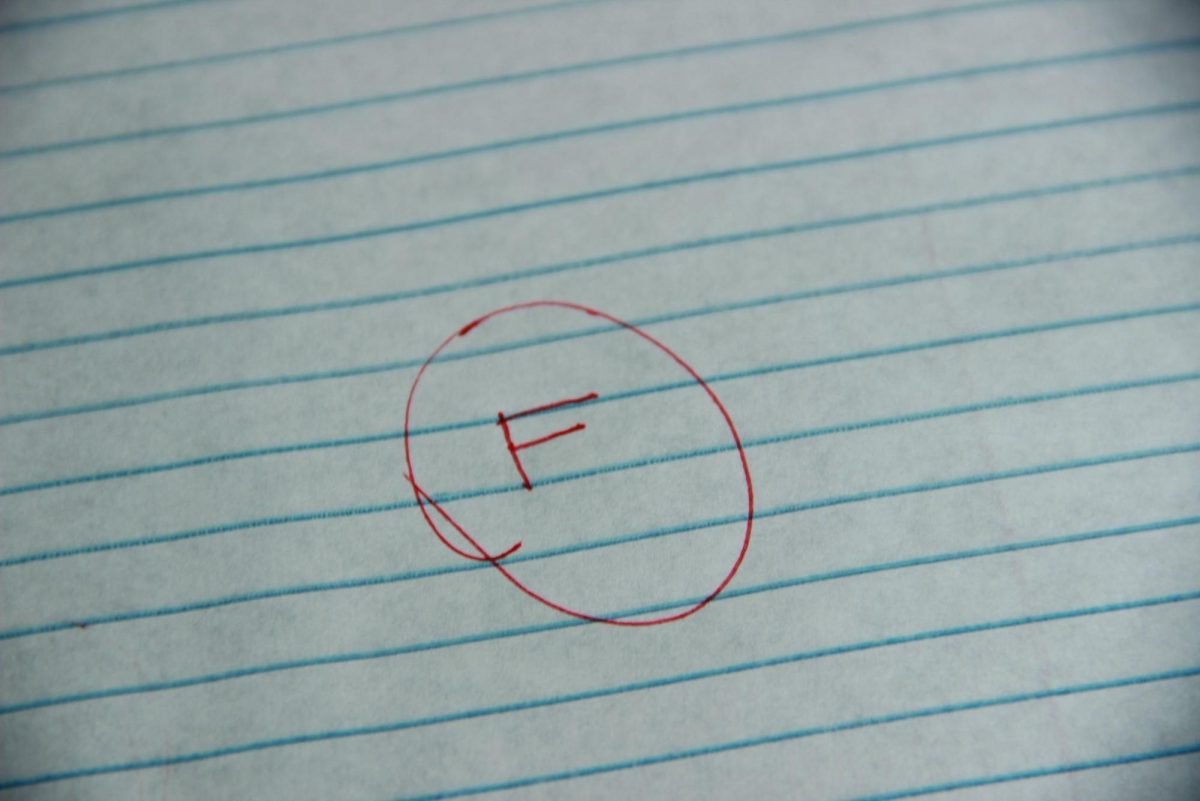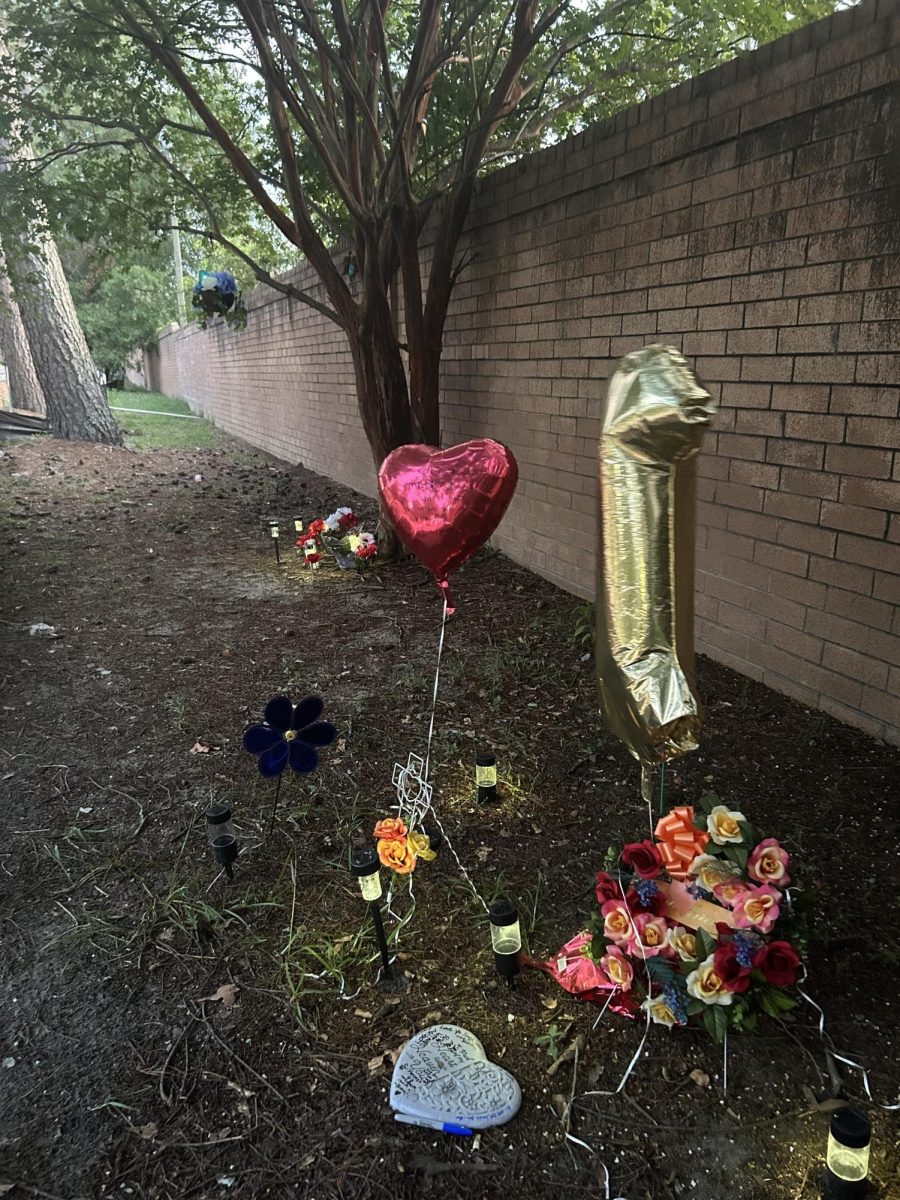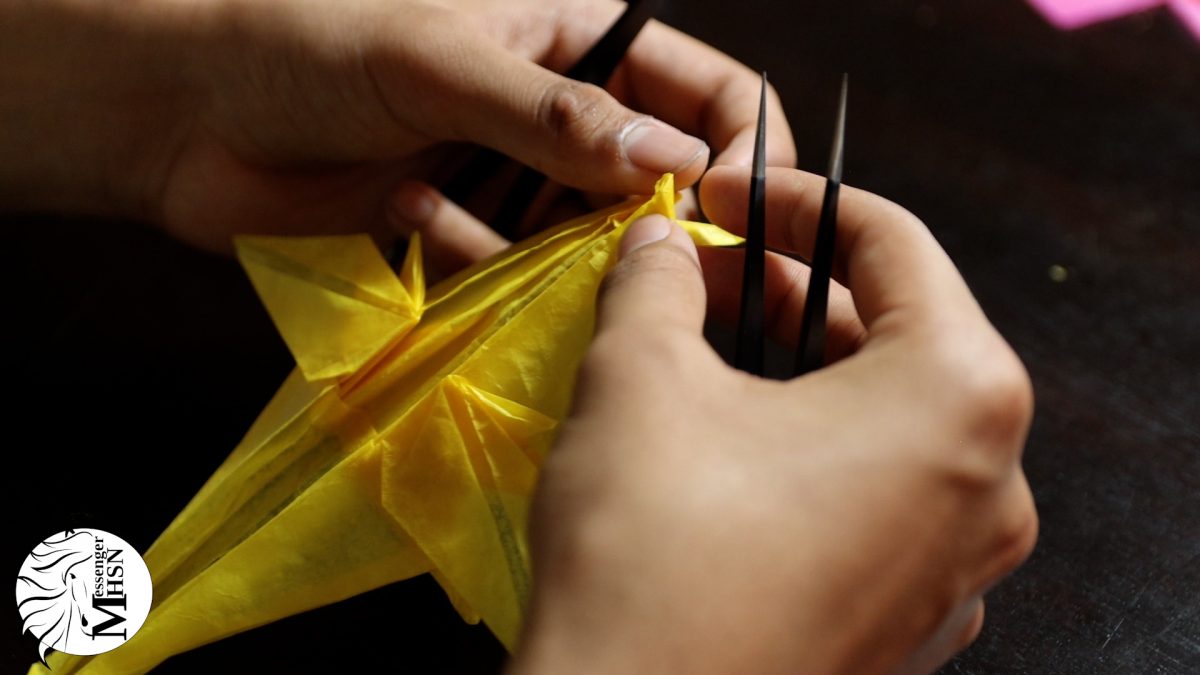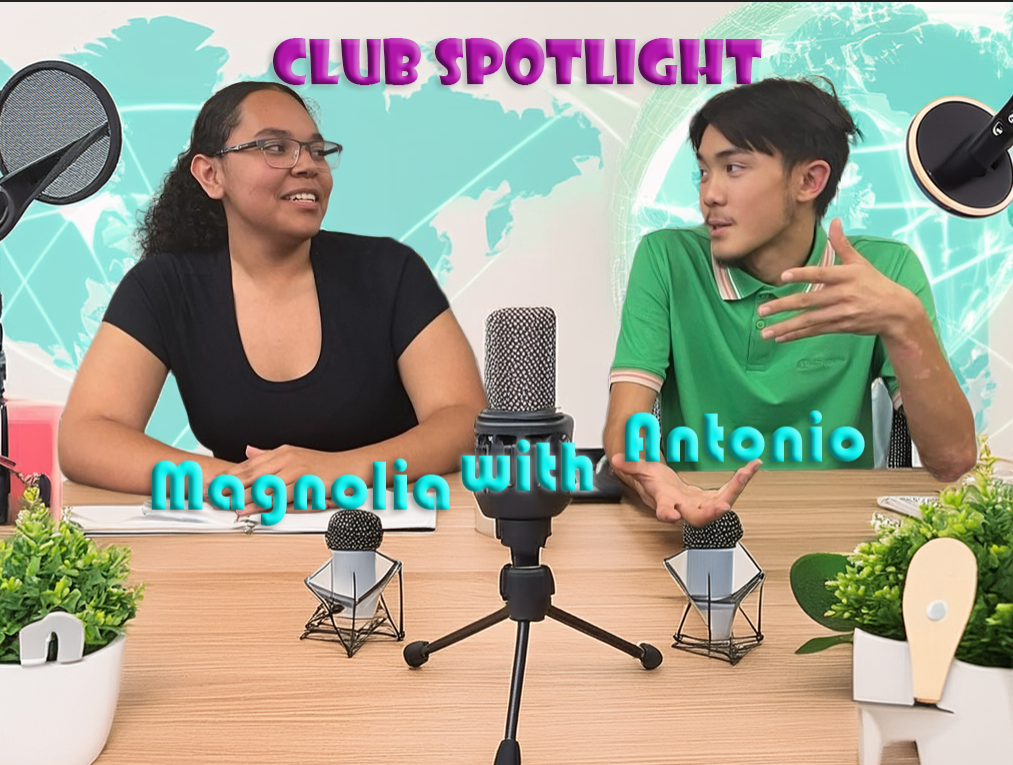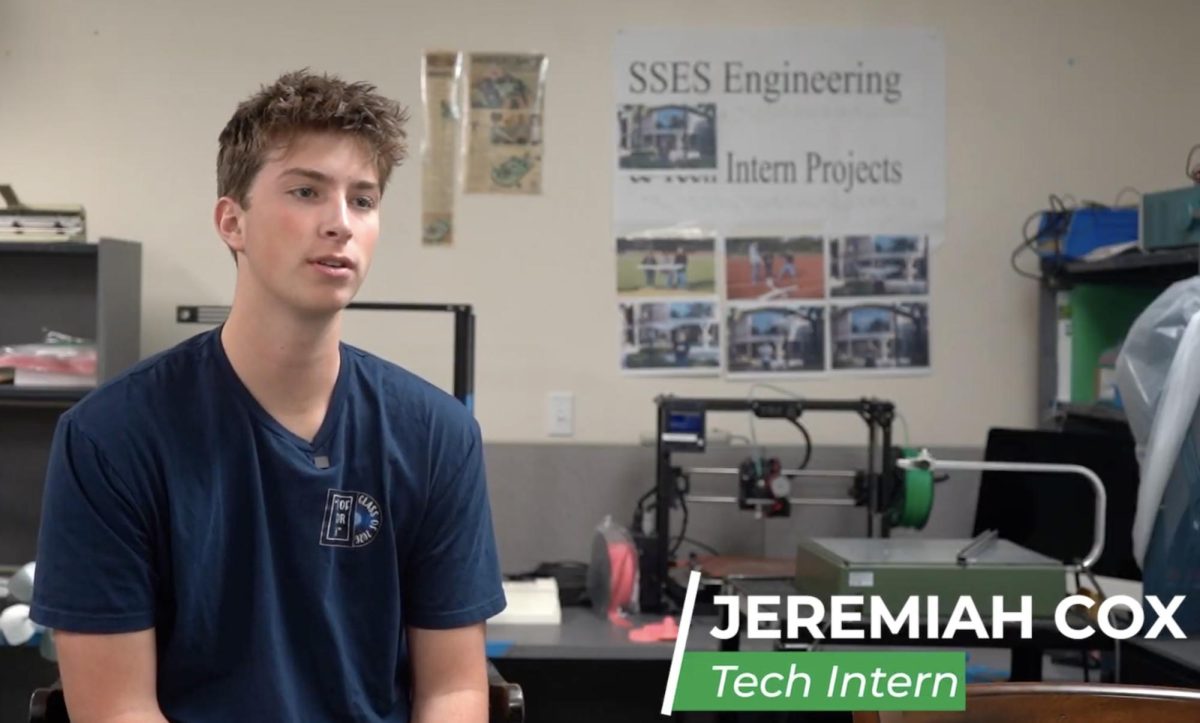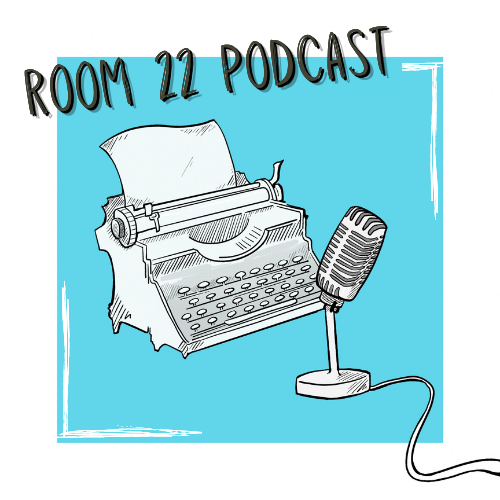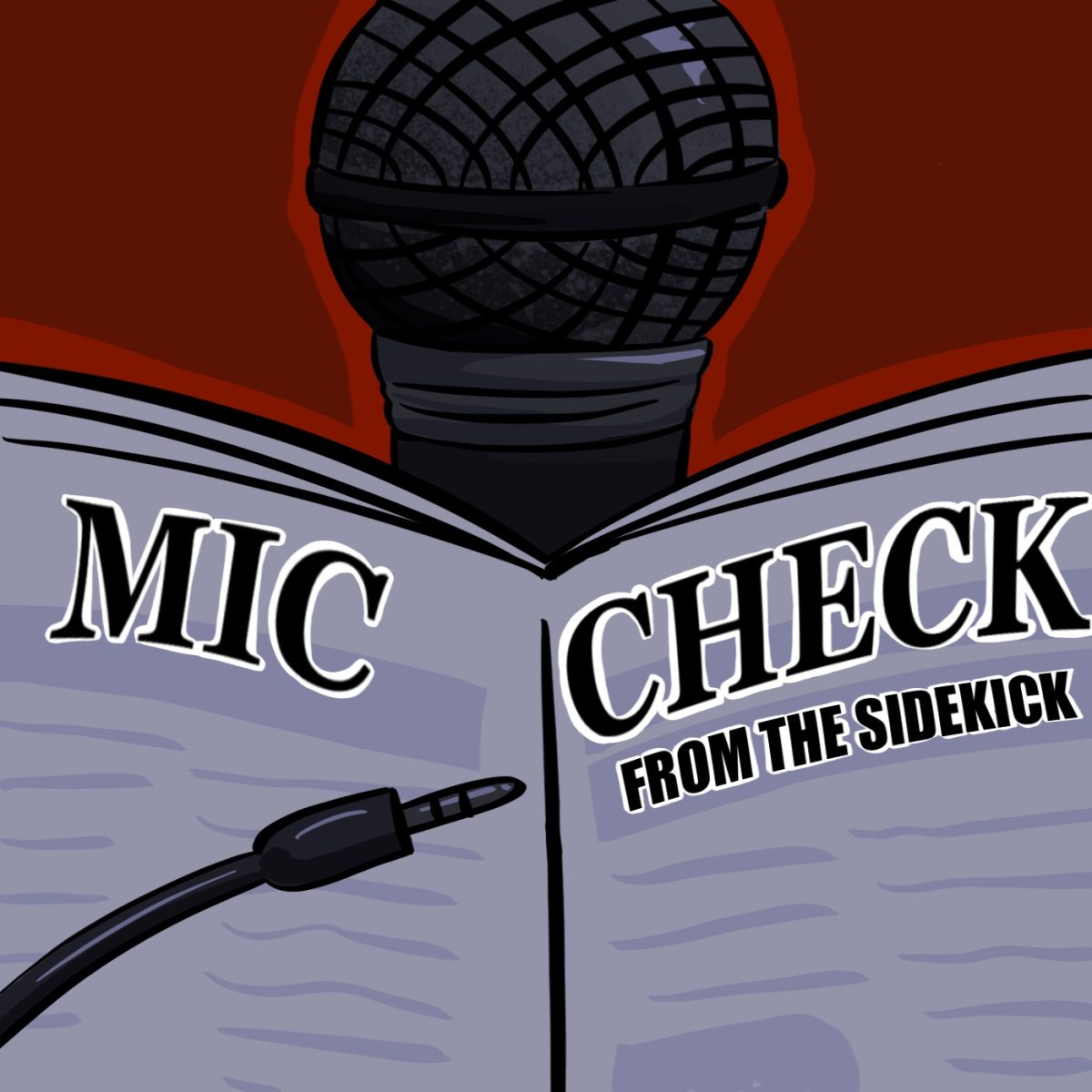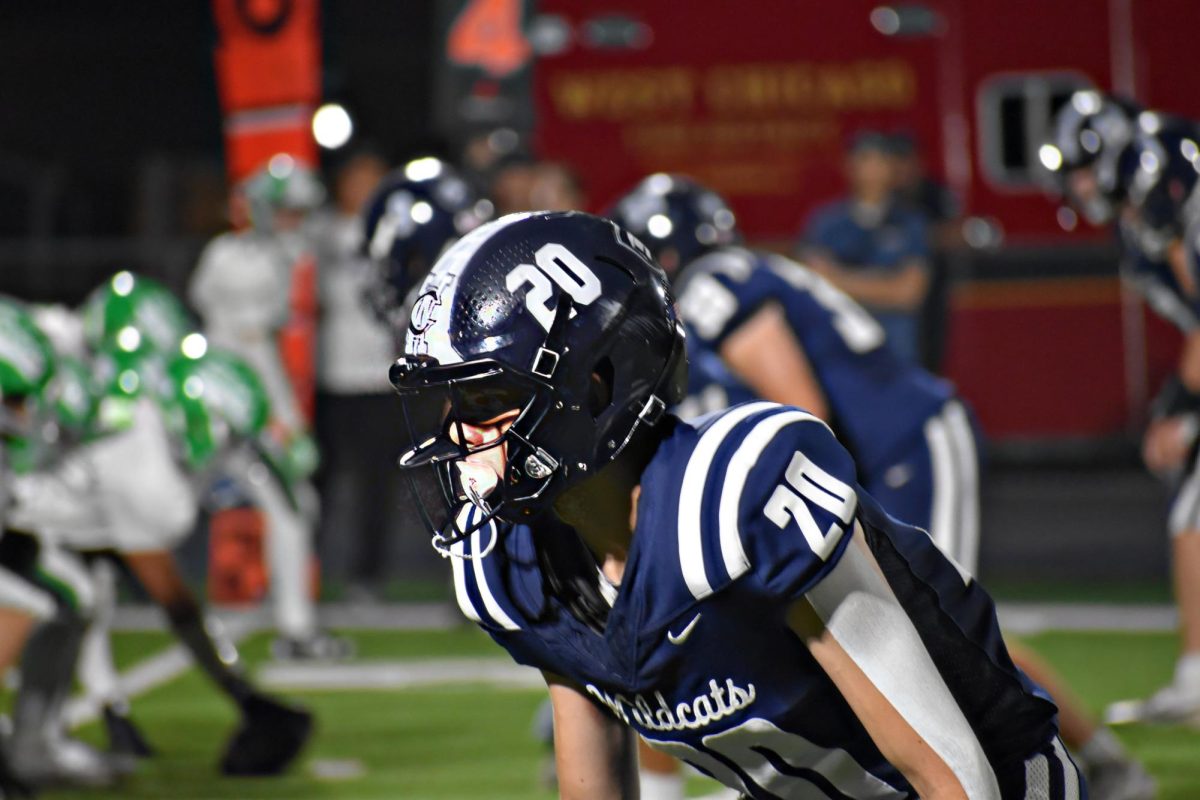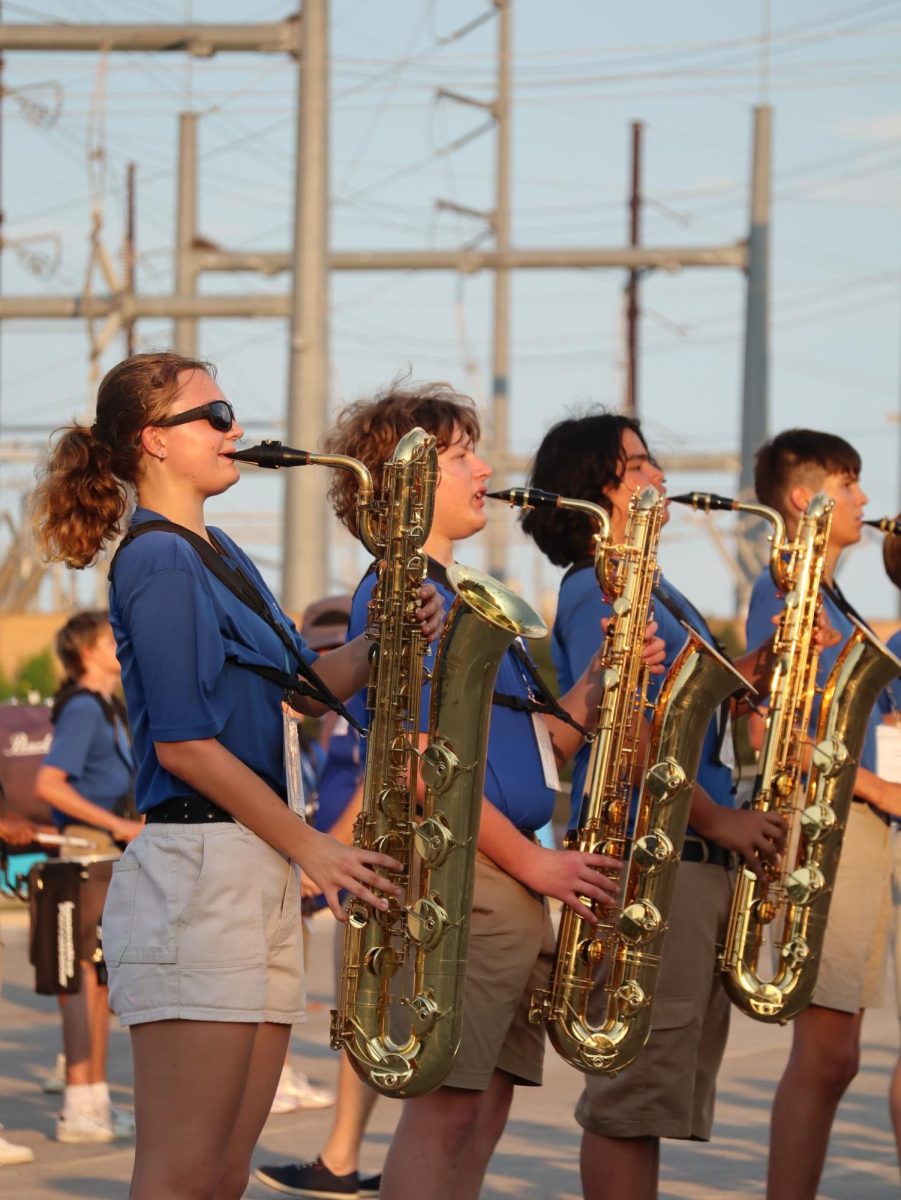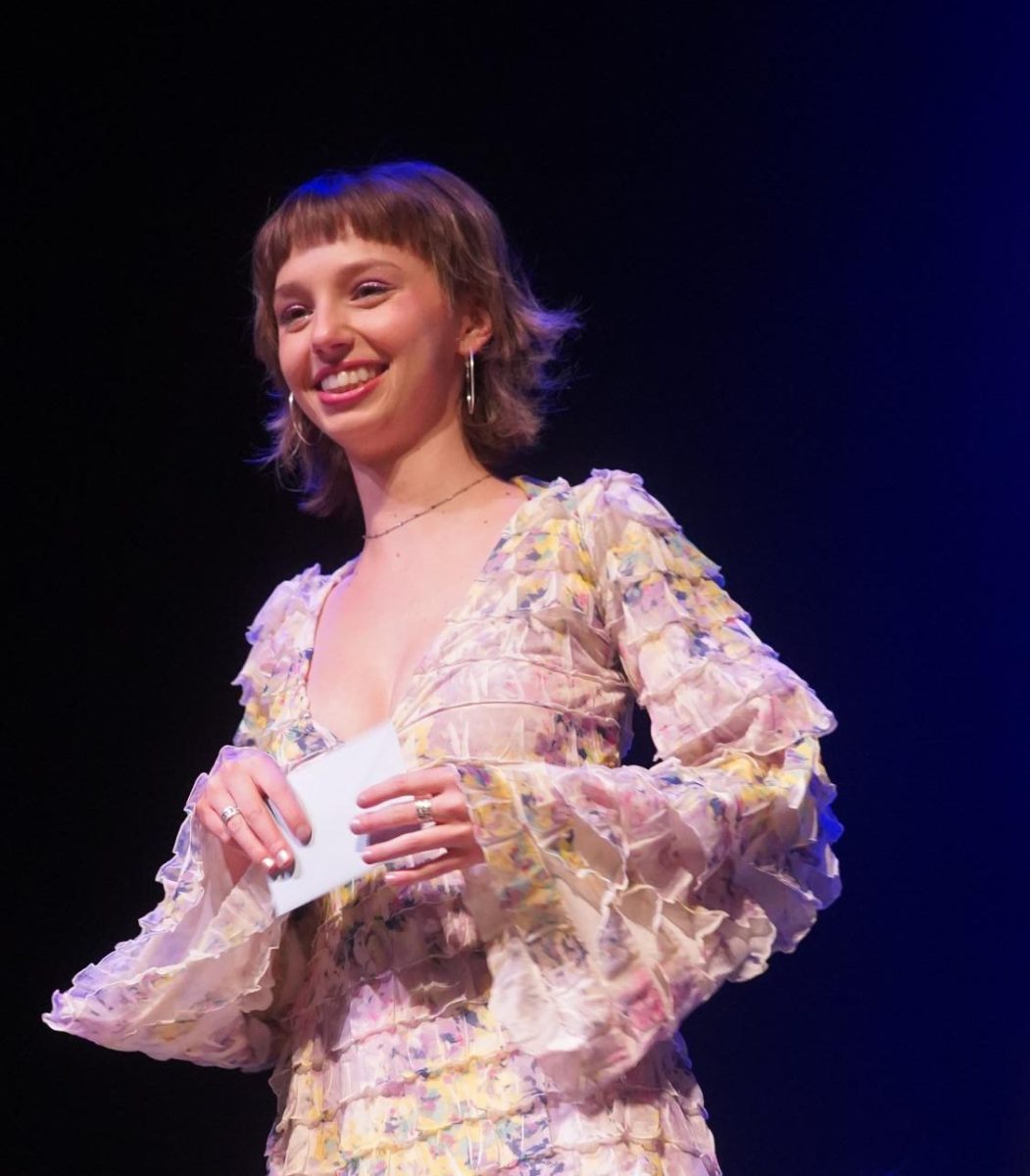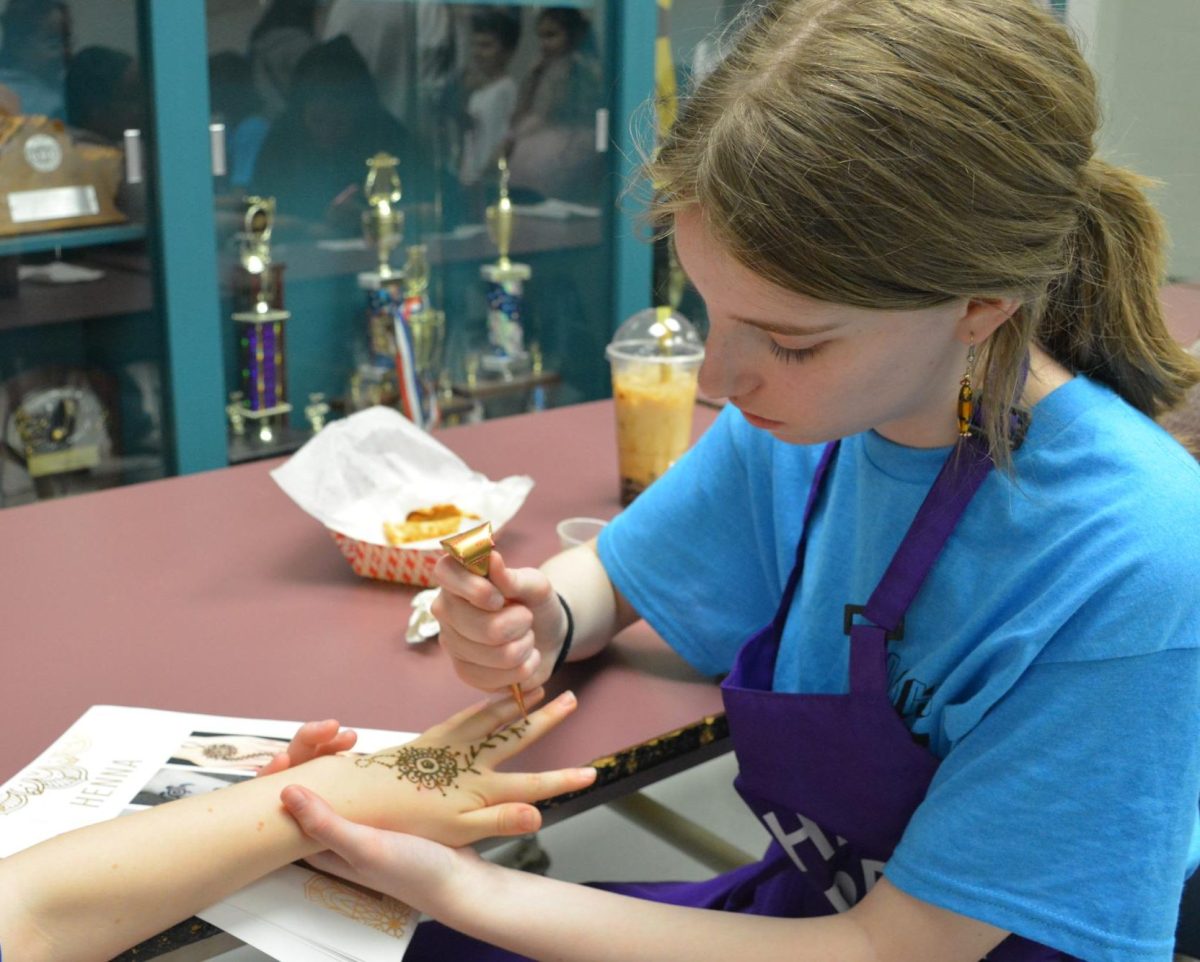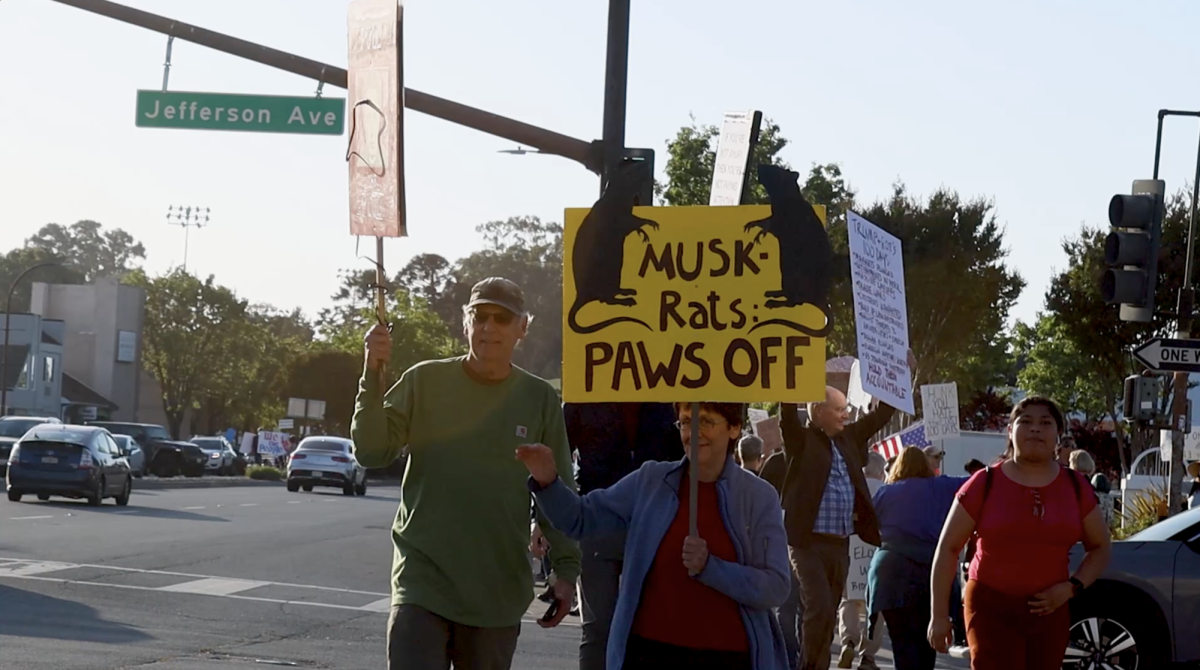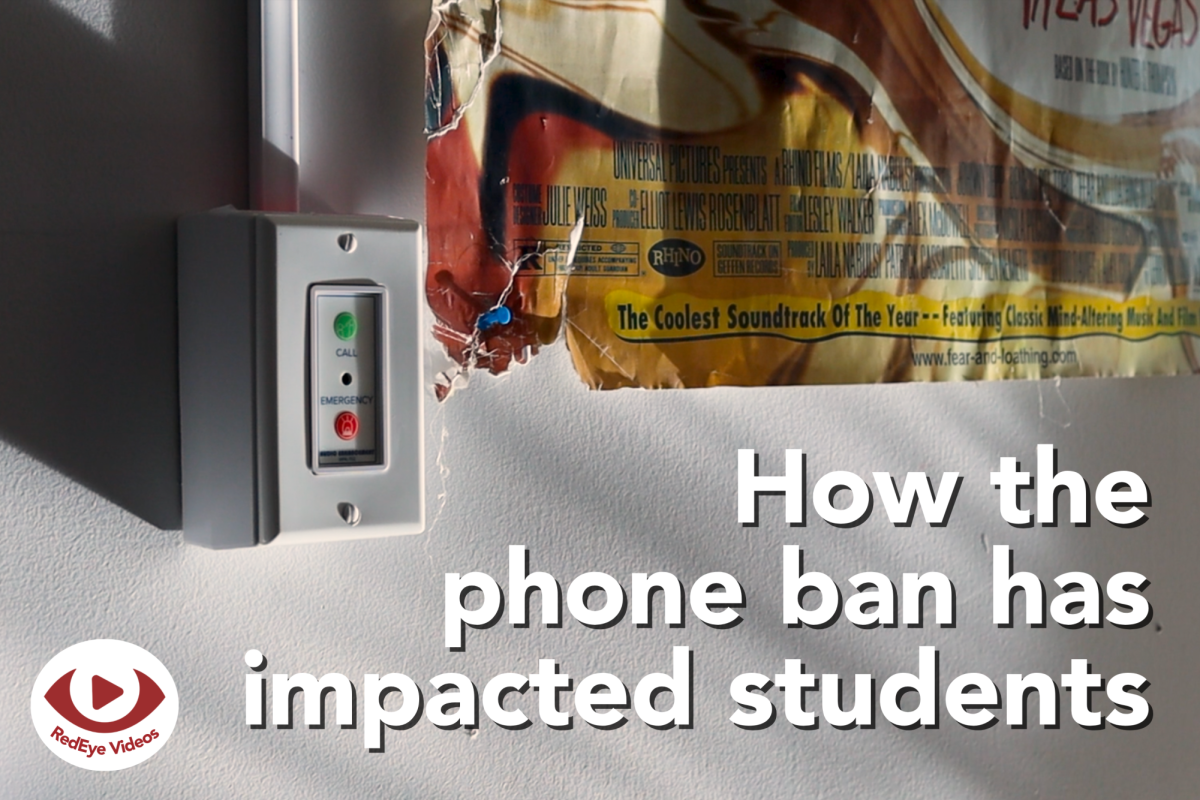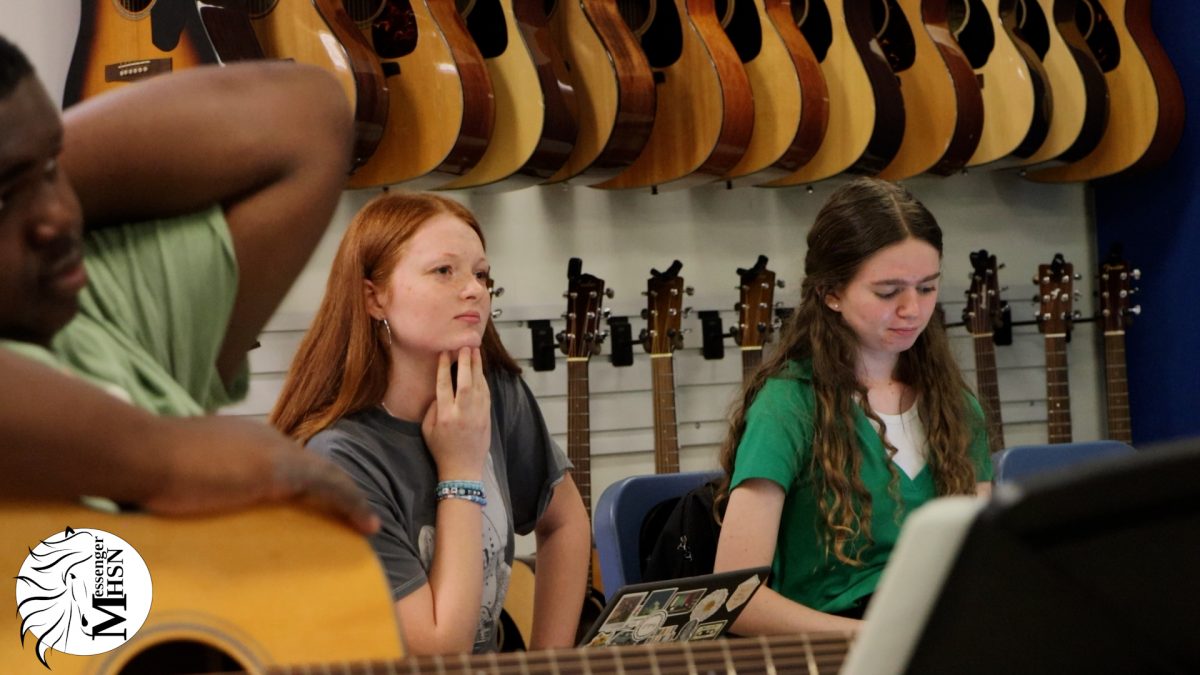Paintbrush in hand, senior Aubrey Simpson, planning to eventually be an art teacher and inspire kids the same way her teachers have inspired her, adds life to a blank canvas, visualizing a whole world to paint into existence. The weight and feel of the brush and the act of painting itself is unique — unable to be replicated digitally. Drawing and painting are Simpson’s favorites, and she prefers these over digital art.
“There’s more room to be messy. I’m a little bit of a messy artist, so it’s easier for me to feel out the piece and the medium,” Simpson said. “There are some tools that you can use on digital to replicate the texture, but you’ll never be able to, like, physically have it. And I just think texture can really add to a painting.”
An artistic medium is the material the art form uses, which includes digital art. As technology and the popularity of the digital art form has increased, the future of artistic expression is evolving. Despite the many benefits and countless tools of digital art, physical art has aspects digital is not able to replace. Simpson describes how she regards digital art.
“It’s like the business part of art… I’ve always used it more in a graphic design sense than like, a hobby, passion project. For me, it’s more of getting a design out for a project… It feels colder to me, like it doesn’t feel as heartfelt as a physical piece might be,” Simpson said.
Physical art has a more organic flow as it is harder to control and manage, and senior Moth Payne, who loves digital art and aspires to make it her career, describes how this difference contrasts with the process of digital art.
“You will literally lose, like, blood, sweat and tears over [physical art], depending on what you’re doing. You could be doing paints mixed with oil pastels, and mixing mediums is really hard to try to control, because it wants to react in its own way,” Payne said. “And I think that, in a sense, you have to put more effort and more technique into physical art because it’s harder to see how the outcome will turn out, and you just gotta go with the flow, whereas with digital, you just pick a brush and you draw.”
Because of this distinct difference, Payne finds digital art to be much for calming. However, she also describes more in depth how this quality affects one’s passion and love for art.
“I would say digital art is more calming. Yes. Like, definitely. I mean, it really depends on what kind of person you are, because for me, I find it more calming. But, some people do generally just like touching paper to the surface,” Payne said. “The struggles and the hardships are the same, it really just depends on what kind of art you want to create. Overall, that’s what kind of makes it the same: the passion and the dedication it takes to make physical and digital artwork.”
Art teacher Mrs. Michelle McCune creates mostly physical artwork but enjoys teaching digital art as well. For her, even if digital art is new, it is progress, and utilizing digital art is beneficial for art as a whole.
“I do think you have to just be open to the change and be willing to try to work with it and not let it, you know, define you, necessarily, but at the same time not to just ignore it or say I want it to be like the old days or whatever because I think that’s not progress,” McCune said.
Additionally, McCune explains digital art’s impact on art education and how many students will apply digital designs to physical art, like using procreate designs to do printmaking.
“Students that are not as confident in their hand skills, they can come into the digital art room. And I feel like some kids are really good at technology, and that speaks to them more. Then through that, they can develop their hand skills of drawing,” McCune said. “I think somehow it seems to speak to a broader range of students.”
Senior Milo Nichols finds it easier to connect emotionally with physical art because of physical manipulation of the art, and this impacts how much he can express himself in his art pieces.
“I think being able to physically connect with your art automatically makes you emotionally connect with it. And you’re also able to see the art physically from so many different perspectives. You could stand closer to or back away, or turn it, I don’t know, any other way, and you could change it physically. I think that just brings an individual closer to your art,” Nichols said.
The difference in stylistic choice between varying mediums of art depends deeply on an individual’s preference over each type. For instance, Nichols feels he can be more detailed in physical art, whereas other more digital-prone artists like Payne are the opposite.
“Stylistically, I think I’m gonna be a lot less detailed [with digital art], but that’s just me personally because I feel like I can be more detailed with physical art. But I do a lot more with lights and shadows with digital art,” Nichols said.
Payne finds more freedom in digital art because she finds it easier to add and blend color, due to her extensive knowledge in color theory. In fact, Payne approaches physical and digital art with different art styles entirely.
“I go more kind of abstract when it comes to physical, whereas more kind of like realistic, cartoonish when it comes to digital. With physical I find it hard when it comes to coloring, to blend the colors in. So I kind of just take each shade and I do sections of it, and that’s how it turns out. I actually do coloring first and line art last. Whereas, for digital, I do line art first and then coloring, because I can just assort the layers to how I want them to be,” Payne said.
Junior Maddy Mcgowan enjoys the various tools on digital art not present on physical art, and implements those tools in her art to make her unique style. By revisiting layers on a digital art, she has more control over color and appearance, as opposed to the lack of control with physical mediums as Payne described.
“You can erase it on digital art. There’s a liquefy tool, so I can liquefy the art. You can’t do that with physical [art], it’s not possible. [Liquefy] is a tool where you can move around the line shape,” Mcgowan said. “Digital art, I can do layers. The layers are really nice to use, and then you can put color on the bottom layer, and then the line art. You can combine the layers, render on top so you can color.”
Although digital and physical art curate different design and style aspects, Simpson said they are both equally important.
“There are amazing pieces that come out of digital art every day, and there’s amazing pieces that come out of physical art every day,” Simpson said. “I think they both have the same value when it comes to the actual artistry of it, a digital artist can spend 10 hours on a piece, and so can a physical artist.”
Whichever form or style an artist may utilize to express themselves, what matters is that you try. Payne enjoys digital art much more than physical art, and she explains how digital note taking helps to organize her thoughts more.
“I have lots of calluses on my hands because of it, so it just kind of hurts. But digital, I’m able to work with the line art more easily. And I feel like I can execute what I want to execute more easily on digital than paper,” Payne said. “I switched to digital, and it’s become very easy, because I can color code my thoughts.”
Payne finishes by explaining her love and connection to art, and how she recommends people to try out an artistic medium because they might find another passion.
“Art is just a beautiful and amazing thing, and it really has saved my life more and more than I can describe. And I really think everyone should take a chance and try out whatever medium of art they like, just once, even if you don’t dedicate yourself to it, just do it once. See what you can create, because you might enjoy it in the end,” Payne said.
This story was originally published on FHC Today on May 1, 2025.

